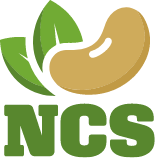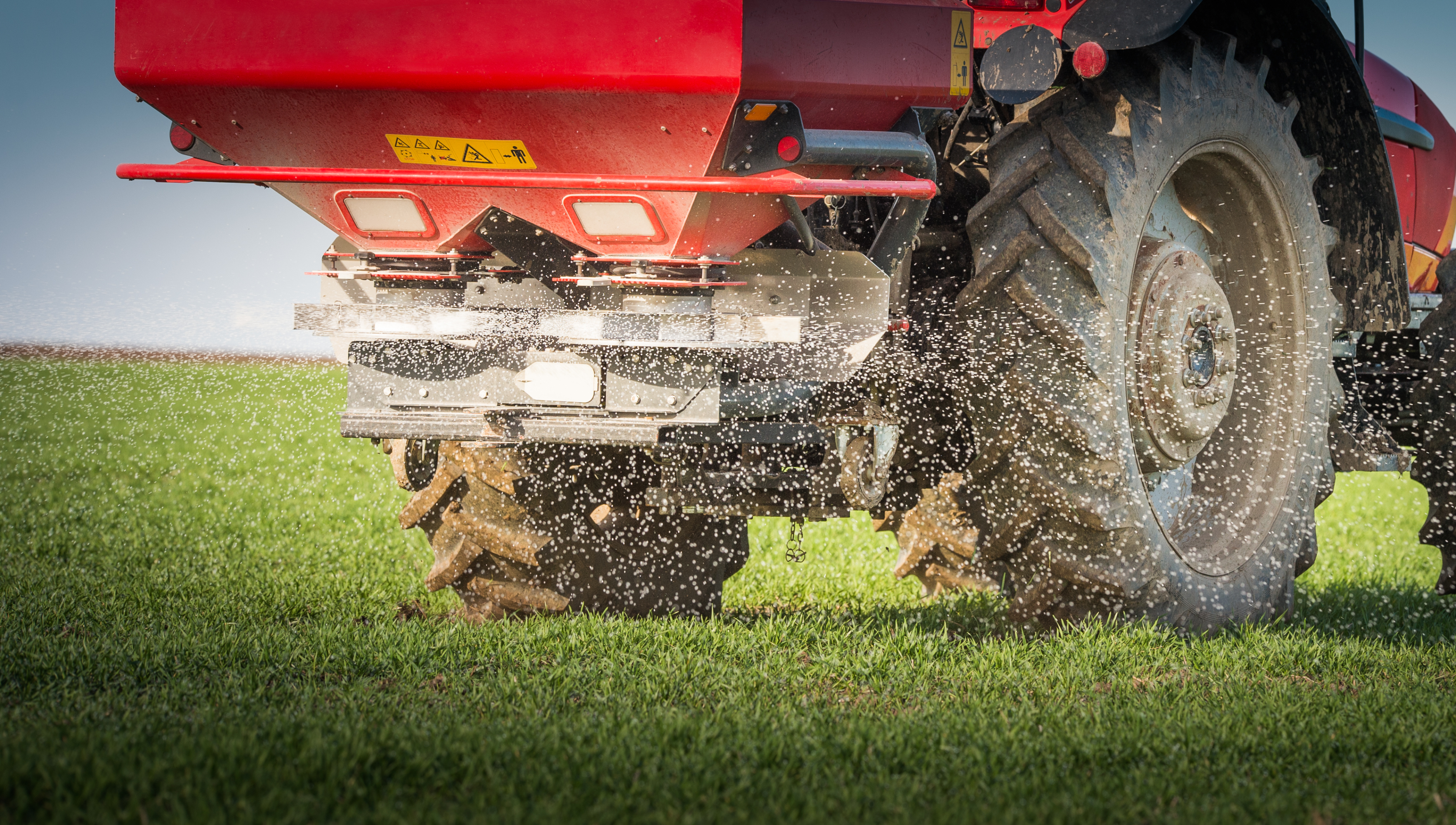National recommendations for N fertiliser use are given in the Nutrient Management Guide RB209, managed and updated by AHDB.
The current high price of N fertiliser has caused re-evaluation of appropriate N rates to apply - as the price of N increases the return on investment reduces and economic optimum reduces.













Discussion
The economics and typical N response curve suggests that N rates should be reduced by 50kg N/ha in 2022 - Will you be reducing yours?
see this - https://twitter.com/TWBFarms/status/1504392237563756546
or here - https://farmpep.net/node/232
and another great twitter thread by Mike Neaverson here - https://twitter.com/MikeNeaverson/status/1506396924022509569
Another interesting twitter thread by David Butler - https://twitter.com/DavidButler34/status/1512901332721709064